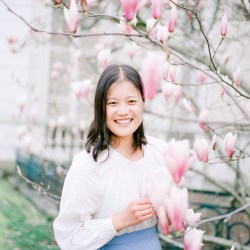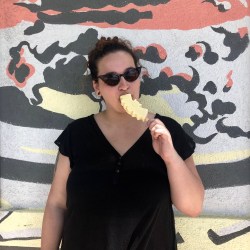Growing up in the San Francisco Bay Area, I had a distinct notion of Asian fusion cuisine. My childhood and adulthood are both anchored in traditional Chinese dishes. Think: whole roasted duck, steamed fish with heads on (and eyes intact), mapo tofu so spicy it could rival the spice on Hot Ones and garlic eggplant with fried tofu. But we weren’t going to eat fusion food with my immigrant grandparents, because fusion was simply a nice way of saying it catered to the local population—whether that meant toned-down flavors or exorbitantly priced fare.
Fast forward to 2020 and I’m scrolling through Instagram, when a video stopped me in my tracks. I saw a girl who looked like me, speaking perfect Spanish and saying that she grew up in Puerto Rico. Honestly, the concept shouldn’t be too mind-blowing: My father has cousins in Rio de Janeiro. But coming face to face (digitally, anyway) with her made me wonder: How do Asian and Latin cultures overlap? After more research, I realized a range of nationalities and immigrant communities have been co-mingling for decades—and their greatest collaborations are perhaps most evident through their food.
From California to New York City, you can find Asian-Latino fusion food everywhere, the latter being a particularly robust hub. The crossover may sound surprising, but according to a paper published by UCLA, the number of Asian Latinos in the United States is around 300,000 as of 2012. However, the history of Asian immigration to Latin America dates back to the late 1500s. Notably, there was an influx of Chinese immigration to Cuba in the 19th century by way of the Manila galleon trade and again in the 1940s and ’50s as many fled China’s communist revolution.
Similarly, thanks to an immigration policy brokered between Japan and Peru, many Japanese emigrated there in the late 19th century. Because most emmigrants were men, they married into the local population, resulting in blended families—and food. Many eventually moved to the States as unrest grew in their adopted home countries. (Notably, Cuban-Chinese resettled in Puerto Rico, Florida and New York after the 1959 revolution.) Consequently, fusion restaurants started popping up in the U.S. in the late ’60s, continuing with mainstays like La Dinastia opening its doors in 1986.





